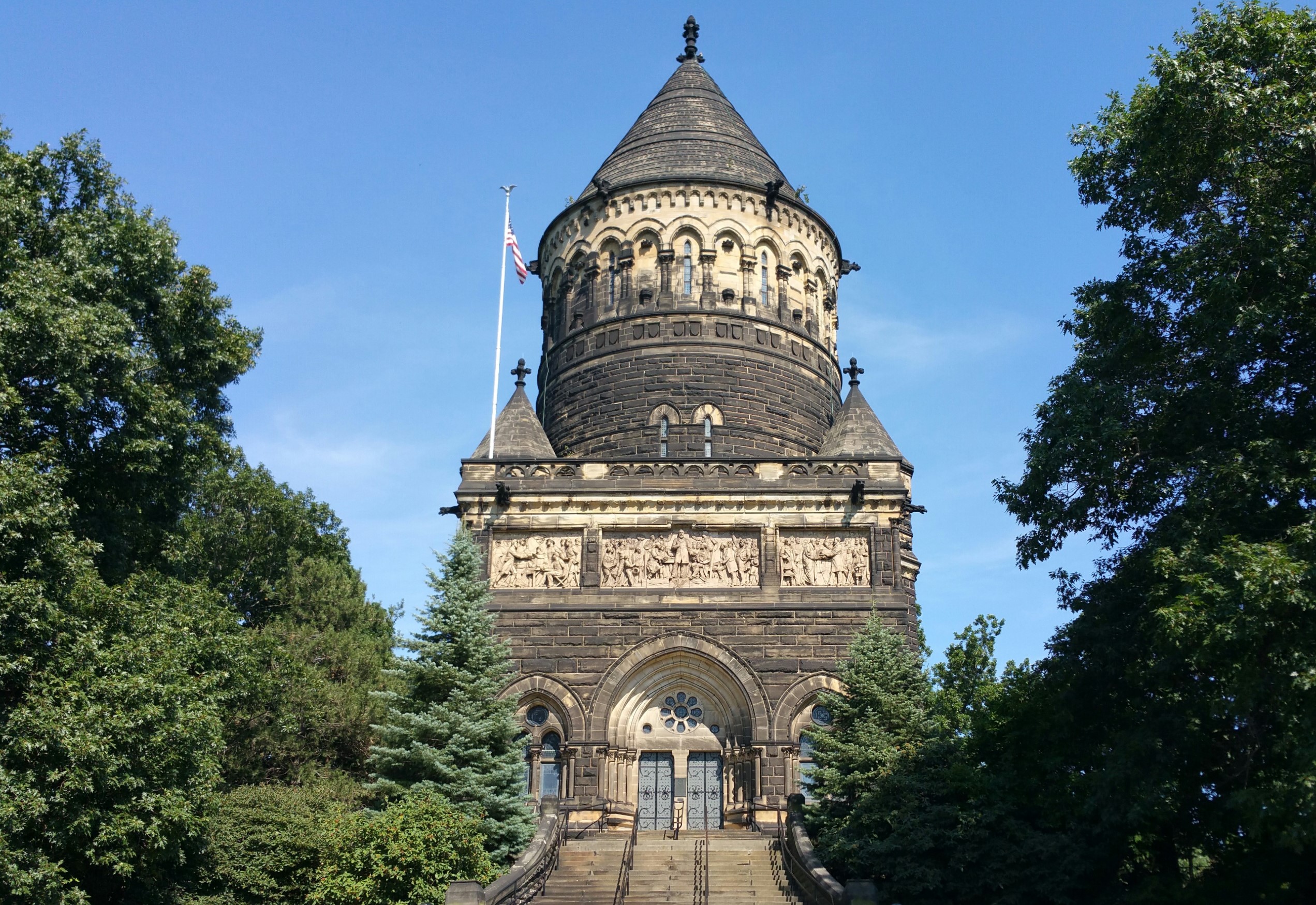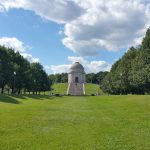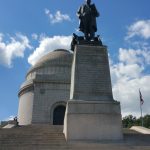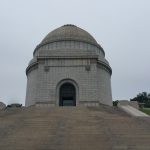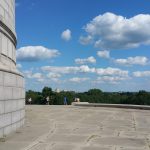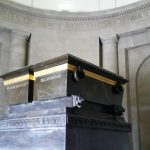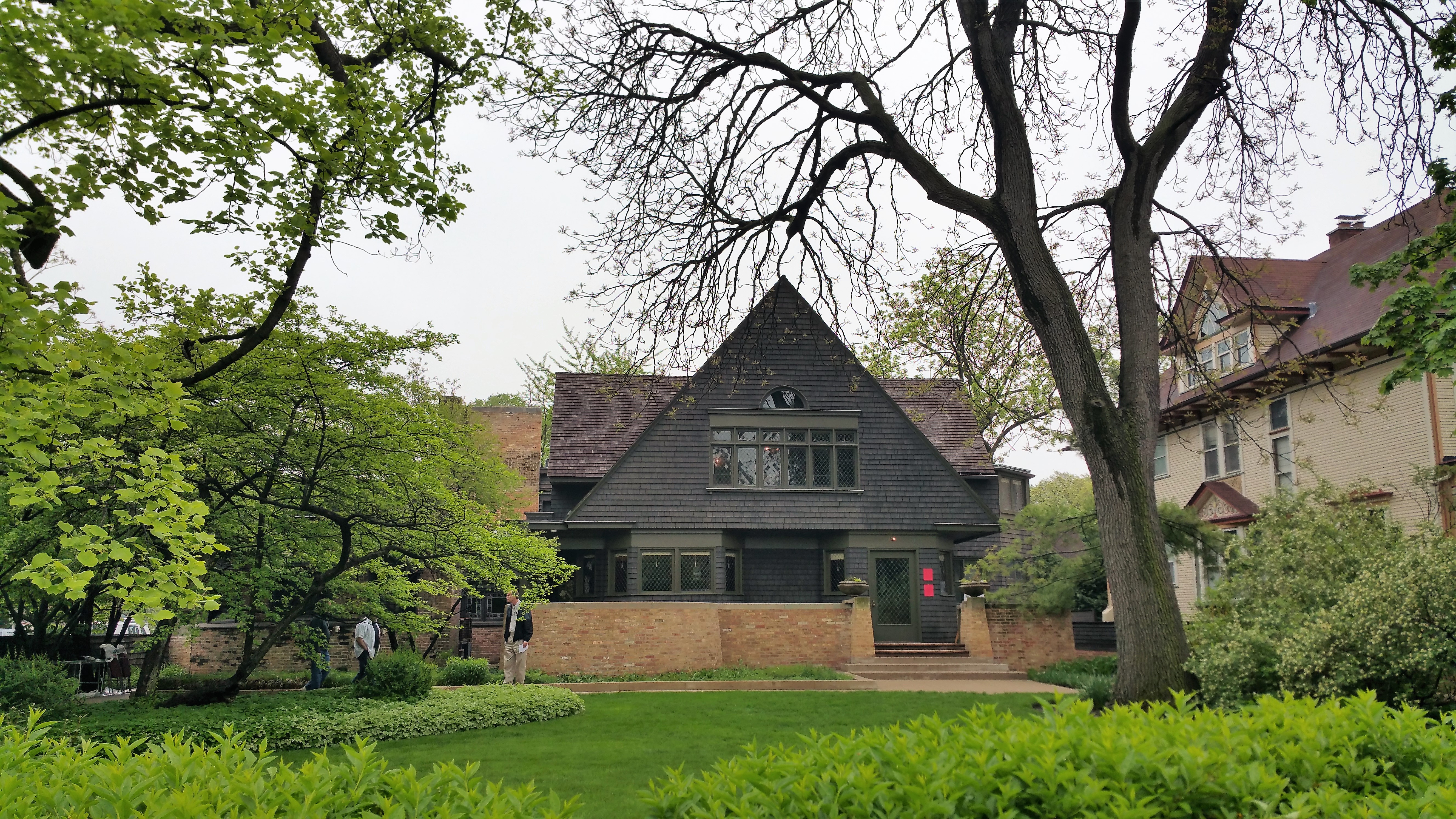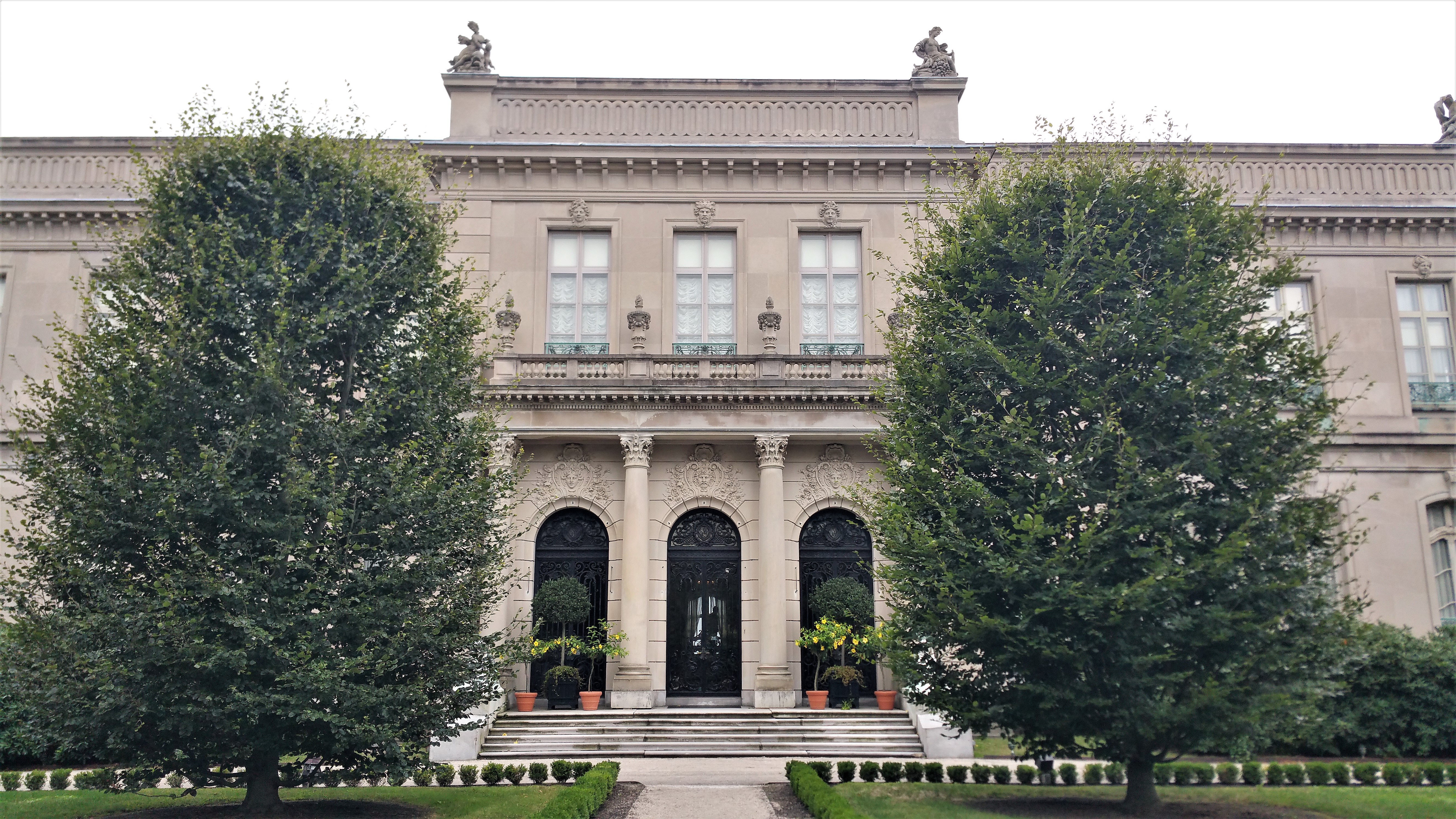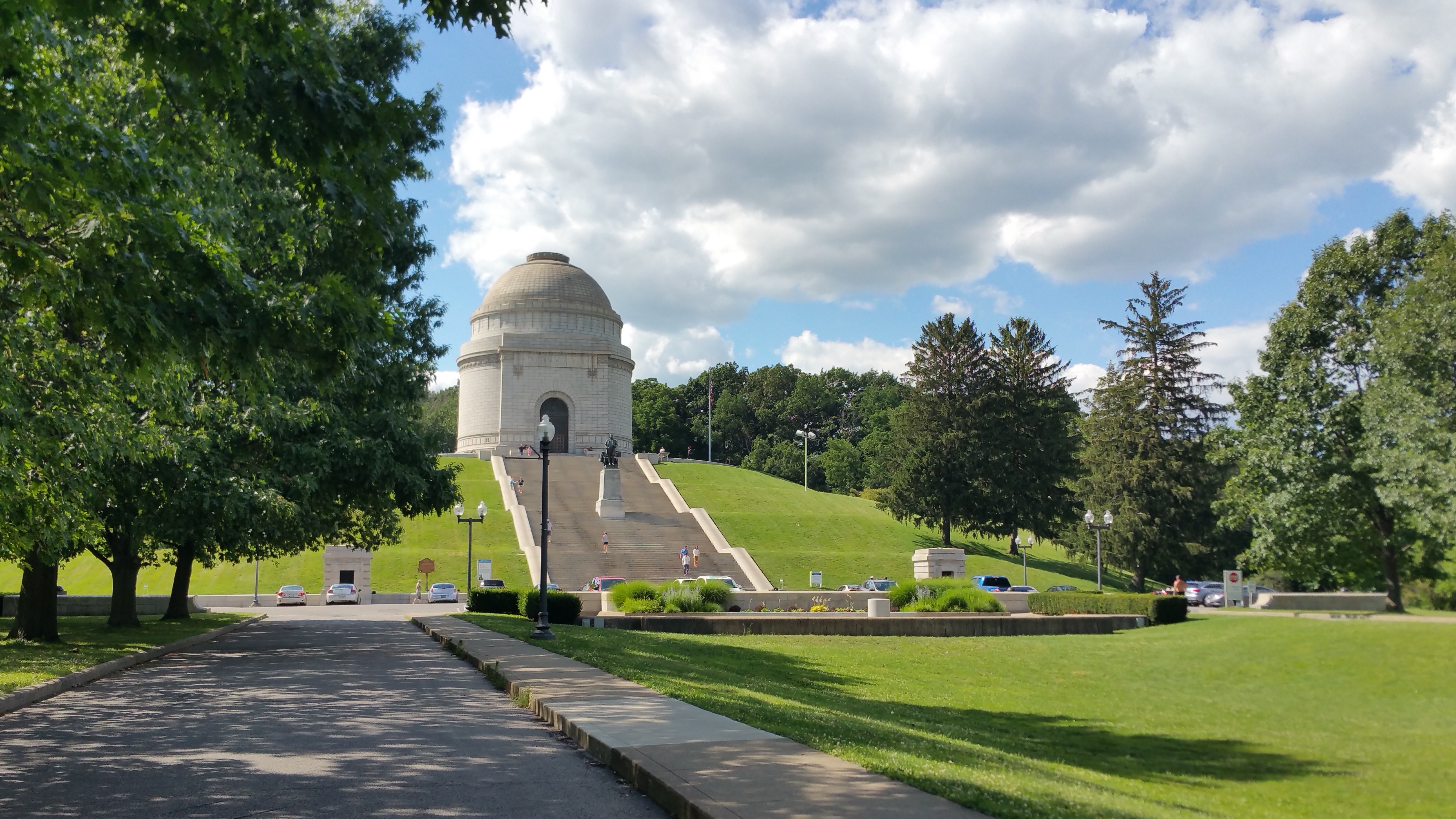
McKinley National Memorial- Canton, OH
My recent post on the James A. Garfield Memorial reminded me that Ohio is chock full of monuments dedicated to dead presidents. The state did produce seven commanders-in-chief, eight if you count William Henry Harrison, who was born in Virginia, but later moved to Ohio, where he resided when he won the presidency. Additionally, of the four sitting presidents that have been assassinated while in office, two were from Ohio. Just twenty years after the death of James A. Garfield, on September 6, 1901, William McKinley was shot by an anarchist while attending the World’s Fair in Buffalo.
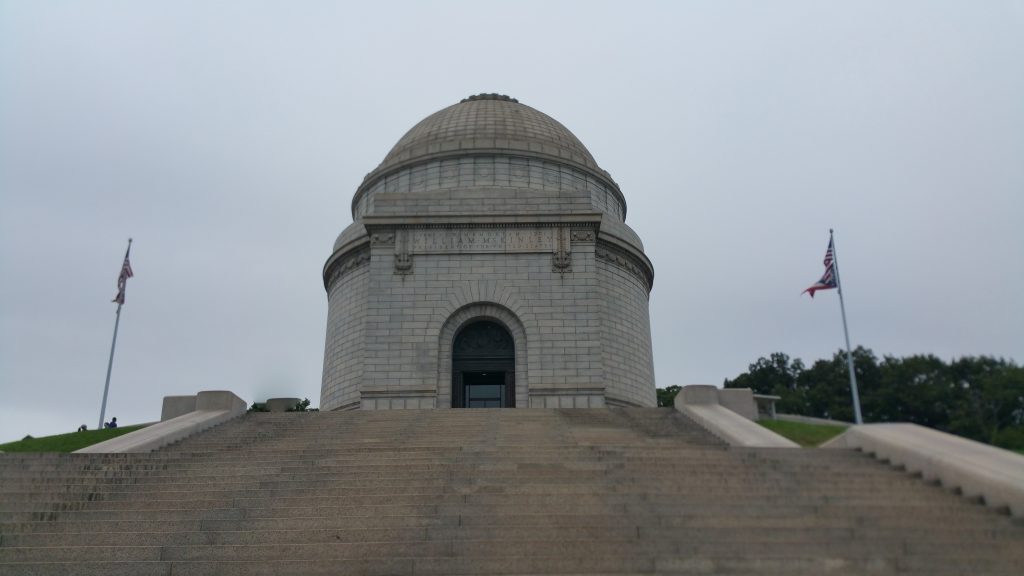
Like Garfield, the shot itself did not immediately kill McKinley. Suffering from two bullet wounds to the abdomen, he managed to hang on for eight days, before ultimately dying of gangrene. Unlike Garfield, the president had already served a full term, and had just been reelected in 1900. Following the president’s funeral in his hometown of Canton, Ohio, several of the president’s closest advisers floated the idea of creating a proper memorial to serve as his final resting place. An association was immediately formed; just one month after his assassination, they issued a public appeal for a staggering $600,000 for the construction project. Children once again sent in their pennies.
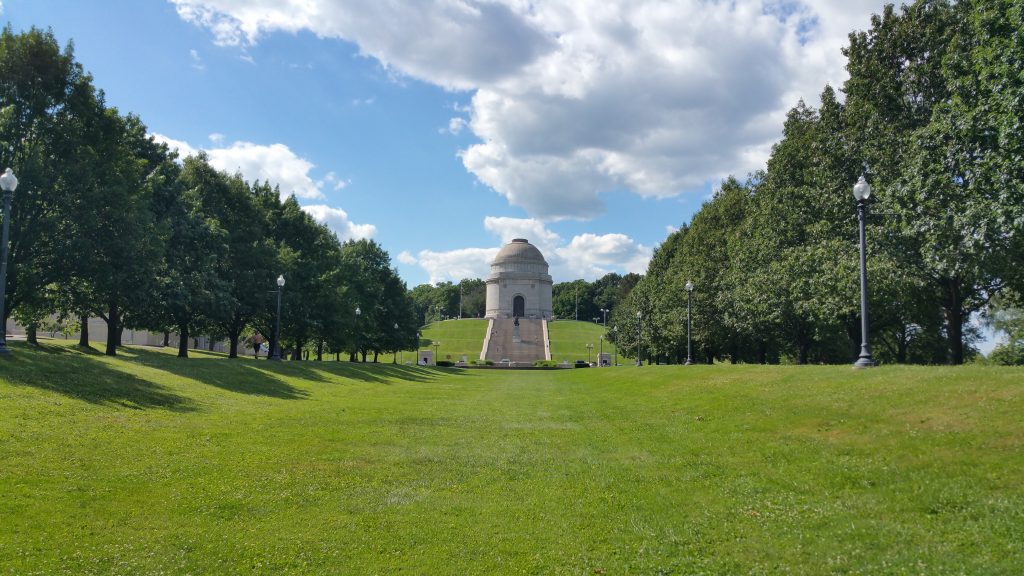
Upon reaching $500,000 in 1903, the association invited design submissions for the monument. Over sixty designs were received; the winner was renowned New Jersey architect Harold Van Buren Magonighle, who worked for McKim Mead & White prior to opening his own practice. He envisioned a cross-hilted sword, with the mausoleum itself located at the intersection of the blade, guard, and hilt. A 575 foot, five tiered reflecting pool would form the blade of the sword. It was the combination of a martyr’s cross and the sword of a wartime president (Spanish American War). Construction began on June 6, 1905.
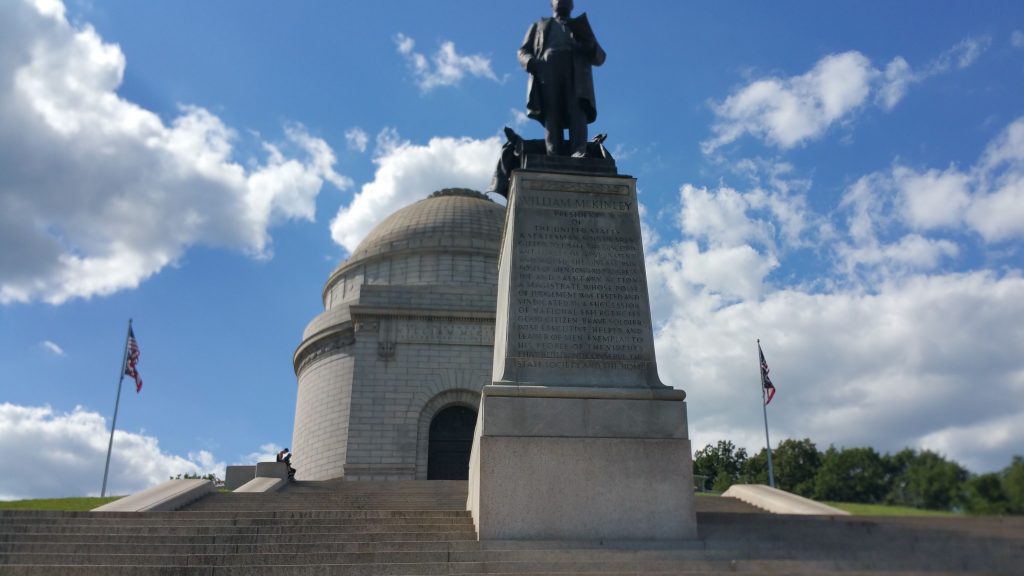
Construction was a monumental task. Ha. More than 35,000 cubic yards of soil were trucked in to the landscape to create four terraces, which matched the height and pitch of the step runs in the main staircase. In the middle of the staircase, a 9 1/2 foot tall bronze statue of McKinley, giving his final public address in Buffalo, sculpted by Charles Henry Niehaus. In total, 108 steps lead from the ground level to the mausoleum above.
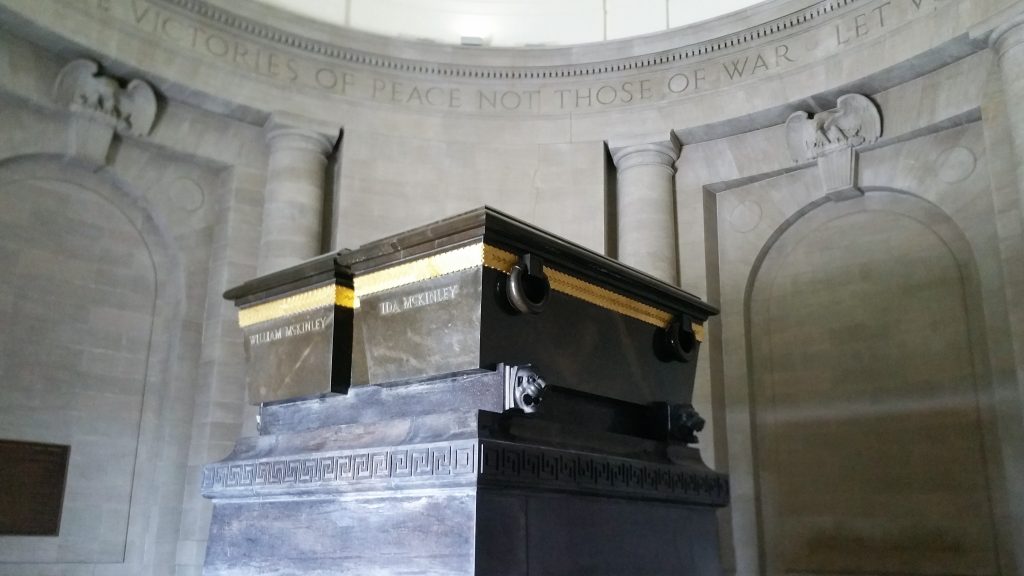
Inside, the walls are covered in Tennessee marble; a 50 foot dome soars 77 feet above President McKinley’s marble sarcophagus. At its apex, a stunning stained glass skylight, which contains 45 stars, one for each state in the Union at the time of McKinley’s death. Although part of the original design, the monument was built with a clear skylight. The current skylight was made using Magonighle’s plans, and installed during a 1976 restoration project.
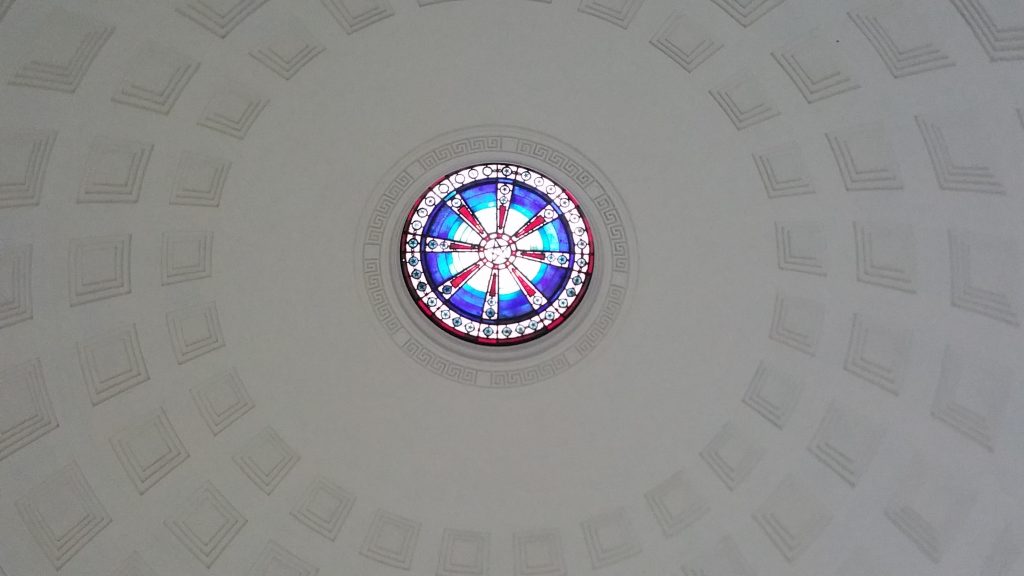
The memorial was dedicated in a grand ceremony on September 30, 1907, with President Theodore Roosevelt in attendance. However, the beautiful memorial proved difficult to maintain. After the property was transferred to the Ohio State Historical Society in 1943, they sought ways to reduce costs. The first thing to go was the intricate reflecting pool; it was filled in, and the memorial rededicated in September of 1951, the 50th anniversary of McKinley’s death.
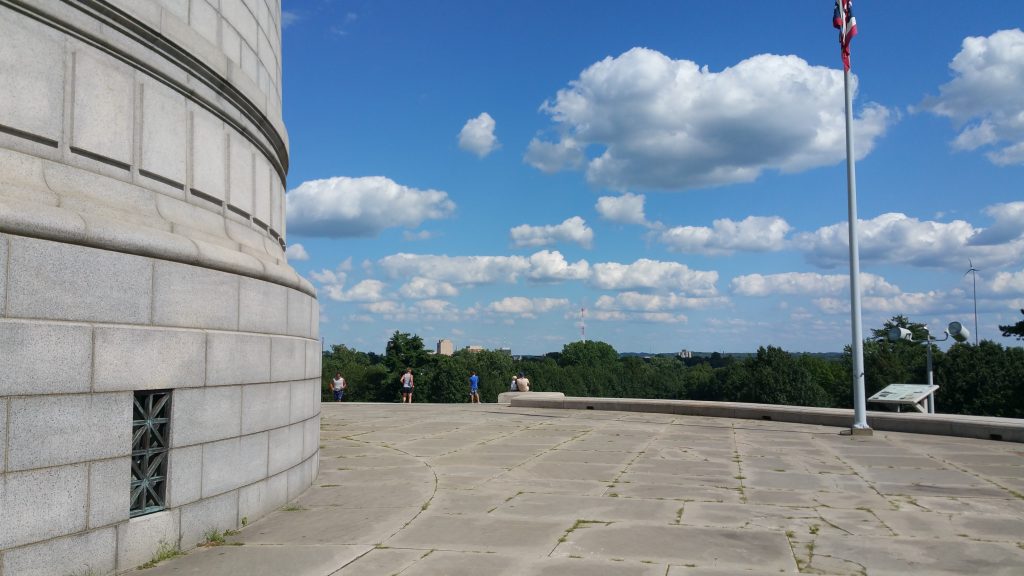
Although much simpler in design than Garfield’s memorial, it’s still a lovely monument, with clean lines, and a wonderful view of the city. It remains a popular green space, especially among those who like to run up the monument steps. For those interested in McKinley’s presidency, the memorial is located adjacent to his presidential library.
